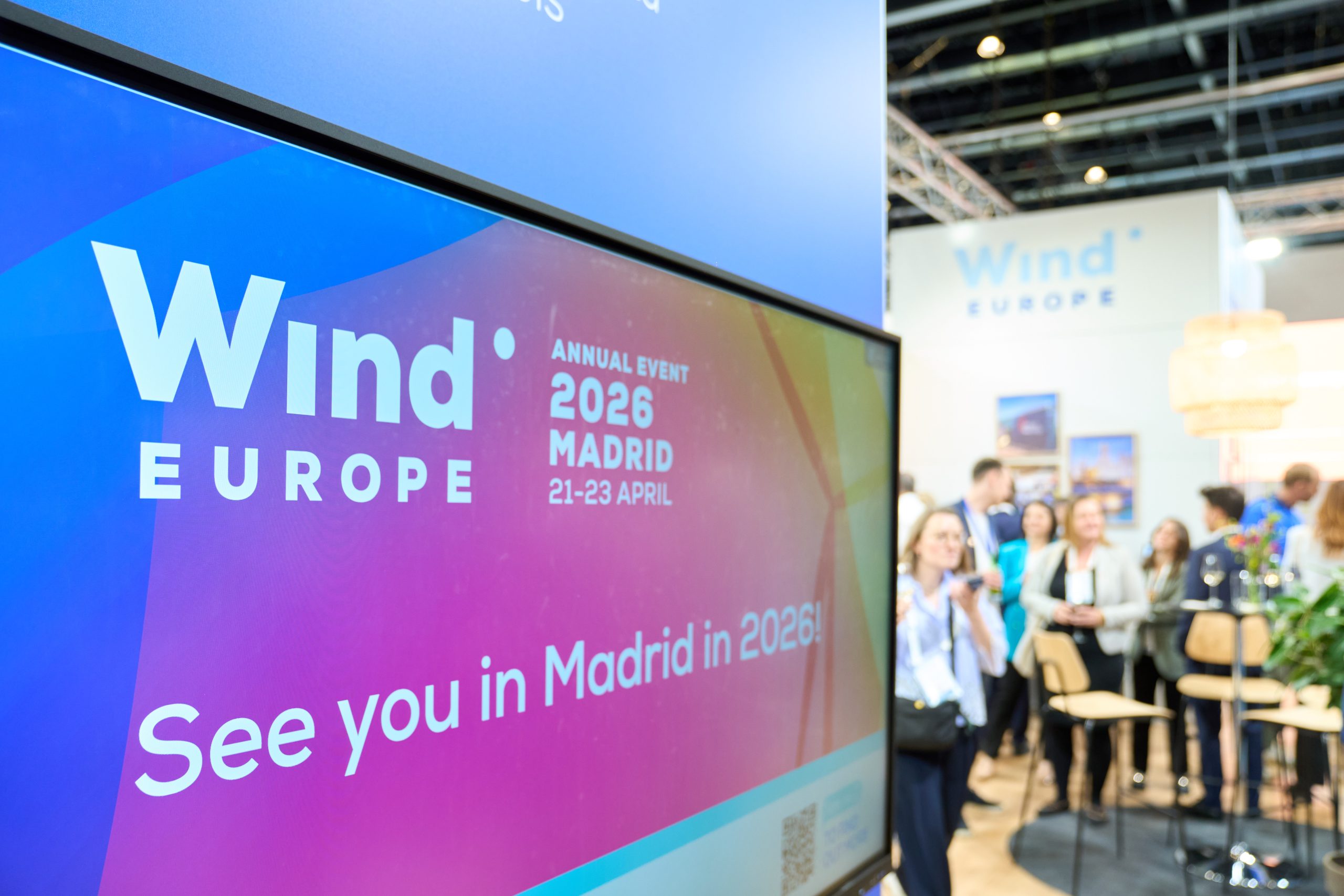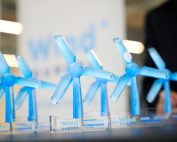WindEurope’s latest data shows that Europe built 6.4 GW of new wind farms in the first half of 2024. Turbine orders increased year-on-year, and auction volumes are strong. However, grid bottlenecks are delaying projects, and securing major new investments remains challenging. Further improvements are needed in auction design, while permitting is improving but not consistently across all regions. Ports also require investments to keep up with demand.
New Wind Installations in H1 2024
In the first half of 2024, Europe added 6.4 GW of new wind capacity: 5.3 GW from onshore projects and 1.1 GW from offshore. Of this, the EU-27 countries built 5.7 GW: 4.7 GW onshore and 1 GW offshore. Germany led with 1.7 GW, followed by France with 1.2 GW and Spain with 876 MW. Europe now has a total of 278 GW of wind energy capacity, of which 242 GW is onshore and 35 GW is offshore. The EU-27 holds 225 GW of this capacity: 205 GW onshore and 20 GW offshore.
Wind turbine orders increased by 11% compared to H1 2023 across Europe and by 33% within the EU. Auction volumes are also strong, with EU governments awarding 19.7 GW of new wind capacity in H1, twice the amount awarded in H1 2023. The permitting process is also showing positive developments, particularly in Germany, where 5 GW of new onshore permits were granted.
However, final investment decisions (FIDs) for new wind farms have decreased. Europe secured €15.4 billion in FIDs in H1 2024, less than 30% of the total FIDs from 2023. There have only been four FIDs this year, with new installations slightly below expectations and less than half of what was built in 2023. WindEurope now expects the EU to build 15 GW of new wind farms in 2024, compared to 16 GW in 2023.
How Much Wind Will Europe Build by 2030?
Based on current trends and the pipeline of projects and auctions, the EU is expected to have 350 GW of wind energy capacity by 2030: 296 GW onshore and 54 GW offshore. The EU’s target is 425 GW. Currently, the EU has 225 GW installed. WindEurope estimates that the EU will build 22 GW of new wind farms annually from 2024 to 2030, with numbers increasing towards the end of the decade.
The main bottleneck remains in electricity grids, with new connections not being built or permitted quickly enough. Grid equipment availability is also a concern. The permitting process continues to be a challenge in many countries, although Germany is making strong progress by implementing EU permitting rules like “overriding public interest.” However, many governments have yet to adopt these measures.
High interest rates, rising input costs, and lower forecasts for future wholesale power prices are also making it difficult to secure FIDs for new wind farms, particularly large offshore projects.
Is the EU Wind Power Package Helping?
In 2023, the EU recognized that the wind sector needed additional support. The Wind Power Package, with its 15 immediate measures to strengthen the wind value chain, is proving beneficial. The European Investment Bank (EIB) has launched a €5 billion counter-guarantee facility, and governments are providing more clarity on future auctions, using non-price criteria more effectively, and indexing auction prices better. The European Commission is also working to ensure fair competition.
Governments and public financial institutions are giving more support to supply chain and logistics investments, which is fostering an increase in new manufacturing investments. By the end of 2025, the European supply chain is expected to have the capacity to manufacture 9.5 GW of offshore wind turbines and 22.5 GW of onshore wind turbines annually.
What Should Policymakers Do Now?
Governments need to fully implement the new EU permitting rules and the Wind Power Package measures. Some countries need to improve their auction designs to create a better business case for new investments, including offering Contracts for Difference (CfDs) and Power Purchase Agreements (PPAs). There is also an urgent need for action on grid infrastructure, in line with the EU’s Grids Action Plan.
Additionally, governments must continue supporting the supply chain and logistics, including port infrastructure. Europe’s renewable energy expansion depends on electrifying energy usage and transitioning away from fossil fuels. This will require immediate support for the electrification of industries, transport, and building heating systems.
“Europe isn’t building enough new wind farms to meet its 2030 energy targets. The numbers will rise in the next six years but not by enough. Governments need to act urgently to apply the EU permitting rules and ensure the grids connections are ready on time. They need to help improve the business case for those looking to build new wind farms. And ensure the ports and other logistics are fit for purpose. They must also ramp up their support for the electrification of heating, transport and industry,” said Giles Dickson, CEO of WindEurope.
Source: WindEurope














